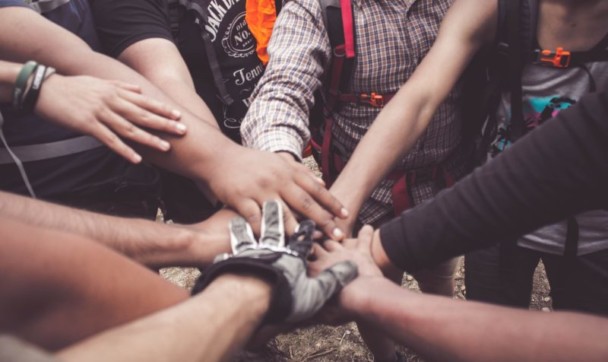Corporate Responsibility’s Role During Disaster Response

Across the globe, natural catastrophes strike unpredictably, from flooding and hurricanes to ice storms, earthquakes, and wildfires. In the United States, there were 28 climate disasters in 2023, which surpassed the record of 22 disasters in 2020 – tallying a price tag of at least $92.9 billion. In Canada, the summer of 2024 now ranks as the most-destructive season in Canadian history due to over $7 billion in damages from flooding, fires and storms. Finally, the numbers worldwide are alarming– with 398 recorded natural disasters worldwide in 2023. In proactive planning, companies take measures to ensure resources are available to protect their employees, facilities, and manage recoveries. Within many companies, Business Continuity works tirelessly to align all business units, secure leadership approval for processes, and allocate the necessary support for such events.
Corporate social responsibility (CSR), also known as corporate citizenship, influences and collaborates with all aspects of business during a disaster response. In the event of a disaster, communities and employees quickly begin to look for support. Nonprofit organizations need funding and support, whether through in-kind contributions, skilled volunteers, or monetary donations. In response, people often step up and ask, “How can I help?”
This article will guide you through steps to ensure you’re well-prepared in advance of a disaster and ensure your efforts are effectively directed towards initiatives that provide aid during challenging times.
Find a partner to serve with purpose.
When planning the future of your CSR programs, incorporating a disaster relief response plan is essential, and with that comes building and maintaining relationships with partners who serve. Teaming up with the non-profit sector through networking, advising, and ongoing open discussions about impact and strategies will help companies prepare for immediate responses. Forming these types of relationships and taking it a step further to incorporate a relief plan with nonprofit organizations can enable companies to respond more quickly. For example, American Red Cross offers training programs for volunteers with specific skills to help during a time of need.
Aligning these needs with your internal skills-based volunteer program can be beneficial when volunteers are needed. Employees will ask how they can help, but organizing people quickly enough can be difficult. By creating a disaster response team, you can ensure employees are already trained to understand their roles and responsibilities – and they are more likely to raise their hands when volunteers are needed since they feel prepared and ready to assist.
Engage your local charities and become familiar with their reach.
Providing substantial donations to large organizations – through company match dollars and employee donations, is a straightforward and effective way to quickly support relief efforts. An advantage of participating in disaster response appeals is that companies stepping up gain positive recognition and stakeholders can trust that their funds are going to a reputable organization. How do we take this one step further? By engaging local charities – sometimes a little act goes a long way. Promoting donations and support through smaller, local nonprofit organizations benefits:
- Employees and Customers. People will recognize that their communities are being served. Through volunteer opportunities and various charities listed as an option to donate to, companies can remain a voice for under-served communities who need extra support.
- Successful Outreach. Local charities have an intimate understanding of their communities. They know firsthand what will help those in need, whether it’s funding, non-perishable items, or volunteer support—they are the experts.
Throughout the year, it’s advantageous for CSR to research and understand the needs in all the communities they serve. When an event occurs, these relationships will quickly turn into opportunities for help and support.
Activate your campaigns.
In preparation to act immediately, it is beneficial to think about setting aside budget to match employee donations and to provide community grants. Talk to your leadership team about the importance of relief funding being readily available. This is in addition your rolling annual campaigns such as Giving Tuesday or Volunteer Week– since most of these events are unexpected and difficult to plan for in advance. When disaster strikes, employees want to give immediately, and they should feel confident in giving through their company portal.
By launching a special match campaign to support relief efforts or reminding employees of your existing matching gifts program, your employees will trust that their impact is doubled, or even tripled, when they donate through the company. Aligning donations with local charities also helps create a more collaborative story. Even more, asking employees to nominate charities for funding (through grants) builds trust and engagement with employees.
There are several ways to get creative and feel confident during difficult times we cannot predict. The key is to plan, brainstorm, and to research and understand trends. Creating a disaster relief response plan and considering it a CSR program under your program pillars should be rooted within your company values. Support and outreach will always be recognized, and small acts of giving will continue to unite all sectors as we face ongoing climate challenges in our world.
